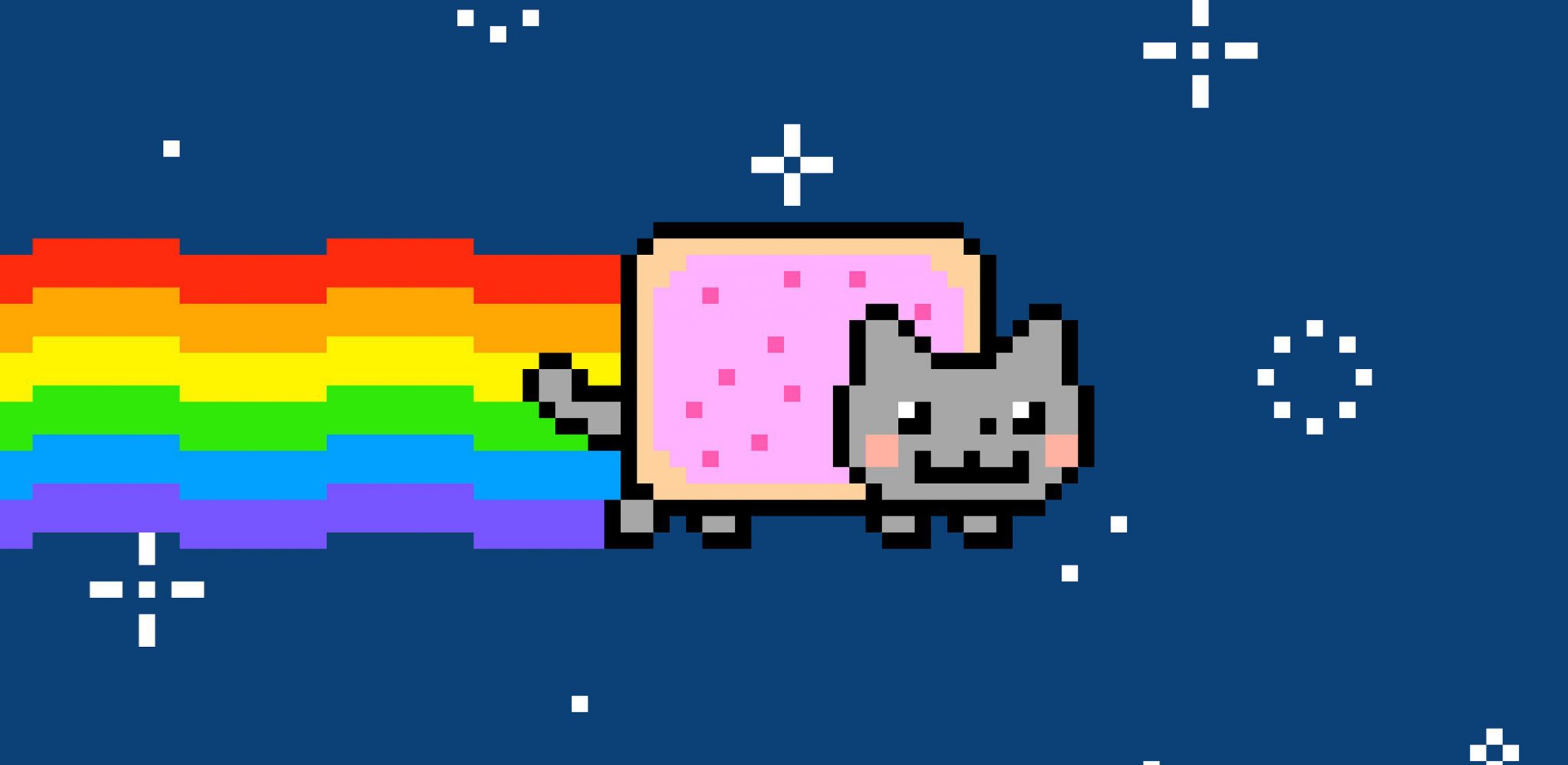Such cultural moments can uncover the gatekeepers among us
My father was an art teacher, and a sometime painter, and paid a reasonable amount of attention to contemporary art. Going round the London galleries, we could have some good conversations, and, while expressing our divergent opinions of Barry Flanagan sculptures, make woeful jokes about splitting ‘hares’. (Rimshot.) Anyway, one day I went to visit him and there was a copy of Banksy’s book Wall and Piece (2005) on his coffee table. I think I just didn’t mention it. The sight depressed me.
But actually it was just my dad – who was perfectly happy in his garden shed painting copies of Matisse in acrylic – liking what he liked, not worried about whether or not he was losing cool points in the view of the artworld of which he was not really a part. The person who had a problem was me. And, as the contemporary art sphere has kept embracing relatively populist approaches in the decade or so since then, it continues to be me.
I don’t really ‘get’ street art, most of which seems one-dimensional to me. I kind of hive it off mentally, trying to forget it exists, because it doesn’t require a press release to decode it, doesn’t offer the virtues of seriousness and complexity that I habitually associate with art. Now, obviously a lot of people disagree with me about Banksy and KAWS and the like, and have gotten pleasure and interest from the work, and have maybe transitioned from there into getting a taste for more esoteric fare. (Or not – that’s also fine.) And as much as I might use such artists as a punchline in a tweet, the individuals who enjoy them – ‘enjoy’ also being a word that distinguishes such art from the kind that others ‘appreciate’ – make up a goodly part of the expanded audience for art that has developed over the last couple of decades.
The current craze for non-fungible tokens swells that audience further, to the point where the ‘contemporary art world’ – if there ever was such a thing – isn’t so much a monolithic structure as it is a Venn diagram. So far, though I haven’t looked closely, the aesthetic dimension of NFTs is the least interesting thing about them, in the same way that you’re probably not so interested in the design of a large-denomination banknote, or the font of an artist’s resale rights contract. They look like computer-aided illustration; they look, as others have pointed out, like the stuff you find on deviantart.com. But even if their audience is the kind of techie people who traditional galleries hoped, wrongly, would pounce on post-internet art, the end result is that there are still more people being interested in art – or what they see as art.
Such cultural moments are worth dwelling on, in part because they illuminate whether you have a gatekeeper mentality or not. I might not think I do – because I spend plenty of time whining about the milieu in which I work, and what’s wrong with it – but I’ve instinctively, inwardly, pushed back against a lot of democratising developments in recent years. I want to ‘keep up’, but my keeping up primarily involves adhering to the same platforms that I know and understand: going to galleries, seeing new art that plays out within the old infrastructure. (I still listen to vinyl.) When the very structure changes, or new arenas muscle in, I tense up a bit. This might be a flawed corner but it’s my flawed corner, is what I think, despite myself. The hard thing to determine is whether you’re trying to maintain some perceived standard, or if you’ve become traditionalist, or if, more simply, you’re a snob.
When the kind of art you take seriously is open to as many charges of being wilfully obscurantist as the art you don’t take seriously is chargeable with being obvious, you can look a bit ridiculous. It’s also a lot easier to pay lip-service to the idea of art affecting many people when you don’t have to live with the reality of that. And the related question of what kind of art it’d have to be to get a lot of people interested in it. People who have jobs and lives. As it is, art, and its sidekicks like ‘curating’, are everywhere now, as if they had fulfilled some kind of historical destiny. My memory is shaky, but isn’t this what ‘we’ wanted? And art is supposed to change, to unsettle. You think it has recently changed for the worse? That might be your problem.
